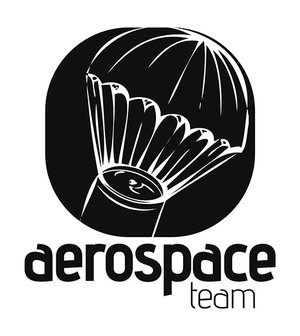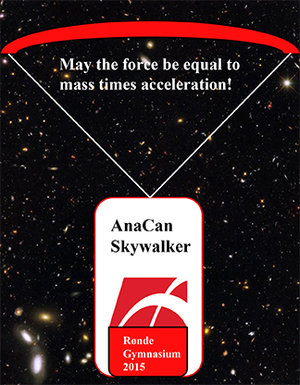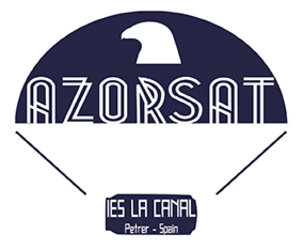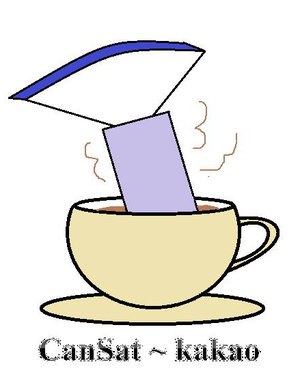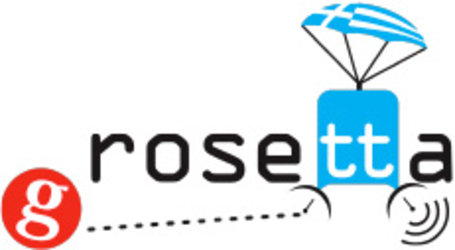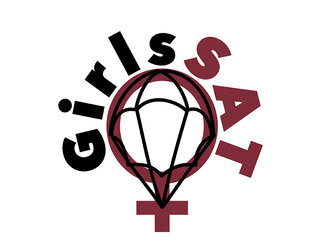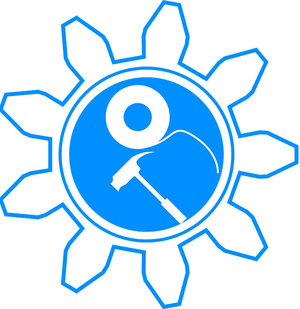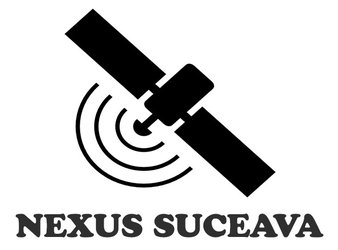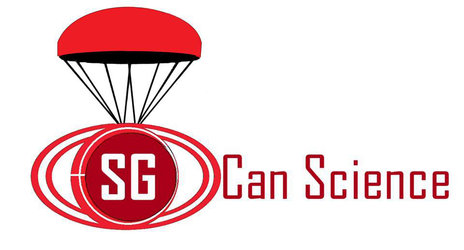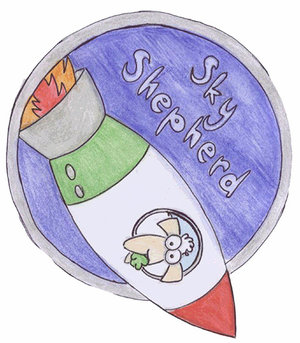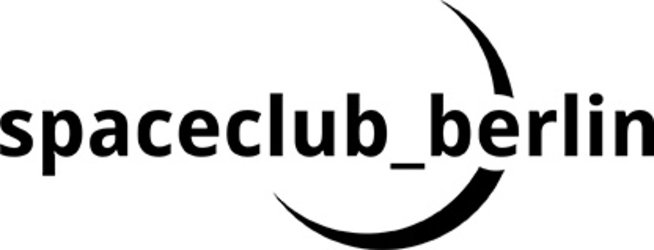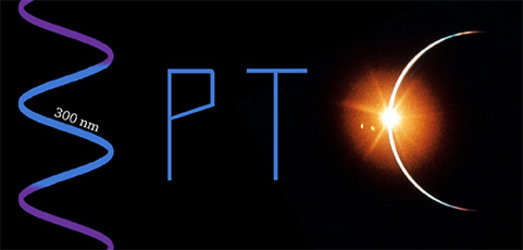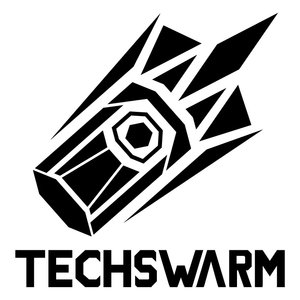2015 CanSat European competition teams
This year, up to 18 launch slots are available in total. In addition to the ESA selection, national competition organisers are automatically offered a place for their winning team and seven of them are also expected to take part in the 2015 competition.
It is possible for a launch slot to be reserved by the organisers of a national or regional CanSat activity (see guidelines).
ESA’s Education Office selected seven teams to take part in the launch campaign, which will be hosted at the Santa Cruz Air Field in Portugal, 24-28 June 2015.
- AlpSat from BG/BRG Stainach (Austria) will measure position and height with GPS, acceleration, 3-dimensional positions with different methods, and a camera for Earth observation.
- AnaCAN Skywalker from Rønde Gymnasium, Denmark, will monitor the atmospheric conditions and solar radiation, analysing atmospheric environment and air pollution while streaming pictures and the data measured by the CanSat on a website in real-time.
- AzorSat from Instituto de Eduación Secundaria La Canal Petrer, Spain, will approach a given point during the descend based upon the pictures taken by the camera while descending and move once on the ground with two wheels.
- GirlsSAT 2015 from the Secondary Technical School of Electrotechnical Engineering in Prague (Czech Republic) will demonstrate microgravity while testing a transceiver with automatic data processing and plotting.
- g-Rosetta from the 1st School Laboratory Center of Athens and the 1st Vocational School of Agii Anargiri (Greece) will measure the resistance of air with a free falling capsule that transmits acceleration to the Ground Station in realtime through the CanSat.
- RosettaCan from Colegio Retamar, Pozuelo de Alarcon, Madrid (Spain), will compare two descent data sets, the CanSat, and an attached probe named Philae.
- SG Can Science 2015 from Silkeborg Gymnasium, Denmark, will establish two-way communication between the CanSat and the Ground Station in order to take some photos during flight at their commands.
- Sky Shepherd from the Istituto Adone Zoli from Atri, Abruzzo (Italy) will detect and measure the variations of solar radiation and air pollution while studying an efficient landing system.
- spaceclub_berlin from FEZ Berlin (Germany) will measure the angle of the CanSat, the magnetic field, the particulate concentration and will take pictures of the flight within others.
- SPTC (Scientific Project for The Curios) from Pedersöre Gymnasium, Finland, will measures uv radiation that is ionising and harmful to the human body while using a speaker to find the CanSat after it has reached the ground.
- TechSwarm from V Liceum Ogólnokształcące im. Augusta Witkowskiego in Kraków (Poland), will measure the magnetic field and environmental conditions with full panorama transmitted pictures using a rotating camera.
- Team Steve from Scoil Mhuire Gan Smál, Blarney, Co. Cork (Ireland) will deploy a soft landing system simulating a lander on a planet and will measure hardness of the surface and seismic activity once landed.
- NEXUS-T from Colegiul National Petru Rares Suceava (Romania) will take soil samples and analyse them while recording on a camera the flight and sending the images to the ground station live.
- Team Impulse from St Paul’s School, London (UK) will deploy a rover which will be able to travel short distances on the ground, monitor the humidity and dew points during the flight and attempt to detect micro climates on the airfield using an infra-red camera.
- CansatKakao from Heimdal Videregående skole, Trondheim (Norway) will measure the humidity in the atmosphere and make a graph of it during the whole mission to see the difference in different heights.
- AeroSpace from Escola Básica e Secundária de Santa Maria, Azores (Portugal) will send and receive S.O.S. messages with RF radios apart from other sensor measuring such as temperature and pressure.


